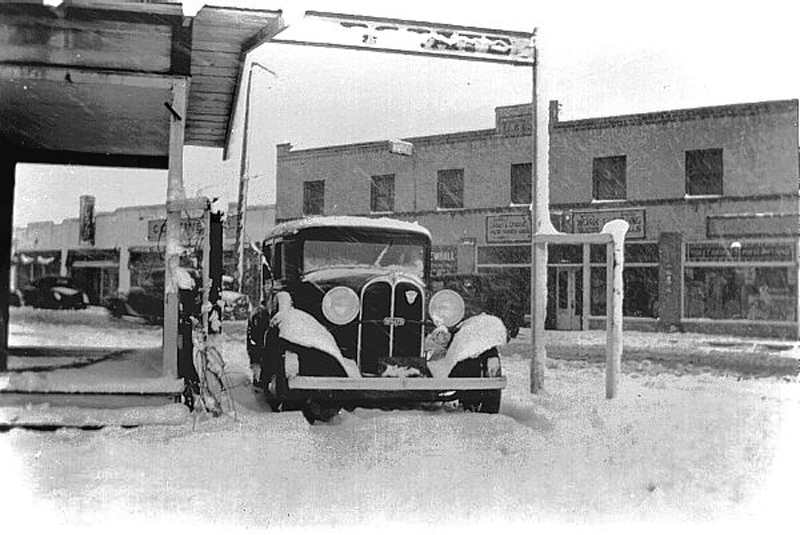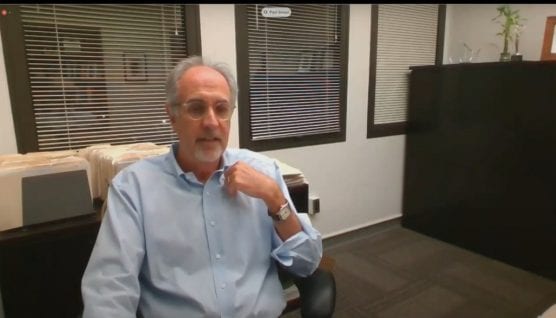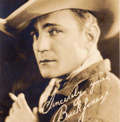After nearly a year of lockdowns, social distancing, widespread infection, and COVID-19-related death in Los Angeles, residents are preparing for the next chapter of the pandemic: vaccination distribution.
During a town hall Tuesday, L.A. County health officials said two major roadblocks could complicate the vaccine rollout.
For one, there are not enough doses of the vaccine to meet demand in California.
Roughly 10 million people live in L.A. County and officials say they have received around 685,000 vaccines as of Tuesday and expect an additional 168,000 by the end of this week. The numbers are not what officials anticipated when they setup mass-vaccination sites across the county that can vaccinate nearly 20,000 people a day.
“The pace of vaccination distribution is entirely dependent upon the doses we receive from the federal government and state,” Dr. Seira Kurian, director of L.A. County Division of Medical Affairs, said during the town hall. “We are not yet sure about our allocation for next week which will also be needed to cover those health care workers that will need their second doses.”
Other parts of the state have already begun vaccination distribution to the 65 and older population in their counties but L.A. still needs to make sure its roughly 17,000 eligible health care workers can get their second vaccine dose. On Tuesday, the county announced it would start vaccinating seniors but only offer limited appointments.
The second major roadblock is a bit more abstract but still just as cumbersome for health officials: misinformation.
One enduring bit of misinformation during the pandemic is the notion that COVID-19 is no more harmful than the common flu.
In any given year, more than 100 people die from influenza in L.A. County according to health officials. Over the last year, more than 13,000 residents died from COVID-19.
“I think the evidence is pretty clear at this point,” Dr. Eloisa Gonzalez, L.A. County’s cardiovascular and school health director said during the town hall.
Another myth that health officials want to debunk is that vaccines approved by the federal government contain aborted fetus tissue. Just two vaccines have received federal approval in the U.S. and neither use aborted fetal tissues. That myth was born out of a statement from the Vatican, when the church’s watchdog group, the Congregation for the Doctrine of the Faith said it would be “morally acceptable” for Roman Catholics to receive COVID-19 vaccines where fetal tissue from abortions was used in the research.
“The truth is that no fetal cells have been used to make any of the COVID-19 vaccines now in use,” said Gonzalez, who explained that the Pfizer and Moderna vaccines were developed with a breakthrough gene-editing technique, mRNA.
There’s also the matter of believing the vaccine will work. Both the Pfizer and Moderna vaccines were shown to be 94% to 95% effective at building an immunity to the virus.
Health officials stressed that even though it might seem like the vaccine arrived in record time, there were clinical trials that tested the vaccine on a wide range of groups, based on age and race.
“More than 300,000 have received the vaccine in L.A. County and there have been no serious side effects, with maybe some mild allergic reactions,” said Dr. Paul Simon, L.A. County chief science officer.
Simon admitted there are still some gaps in the public health community’s knowledge of the virus since it has only been around for about a year.
In the last week, a health clinic in San Diego reported severe allergic reactions from patients who received the Moderna vaccine. Health officials stopped using the lot from which those vaccines came from and continued vaccination distribution without further complications.
Those types of incidents can set back the progress that needs to be made in certain communities across the country, particularly the neighborhoods hardest hit by the virus. In L.A. County, the virus has disproportionately affected low-income, Latino, and Black residents, who are more likely to die from the virus than white residents.
Health officials will have to build trust with those communities in order to complete vaccine distribution there, Gonzalez said. The federal government announced last summer COVID-19 tests and vaccines could be given to undocumented immigrants without any risk that their status will be jeopardized or they will be deported.
“It’s important that people feel safe,” Gonzalez said.
There are also some health care workers who are reportedly hesitant about taking the vaccine.
“I’m extremely concerned about this,” Simon said. “These vaccines are such a gift. We have to take advantage of this opportunity. I don’t think anybody expected the efficacy of these vaccines to be as high as they are. I think we need a more personal touch. We need to use social networks.”
One possible tactic the officials prescribed is for people to post on Twitter or Instagram after they receive their vaccine to show that they’re safe.
“Share it with their friends and their families,” Gonzalez said. “Their circle of influence is able to see, ‘Look, I know this person, this person got it and they’re reporting they feel fine.’ True stories from people that they know would go a long way to people accepting the vaccine.”
— By Nathan Solis, CNS
Like this:
Like Loading...
Related





 Tweet This
Tweet This Facebook
Facebook Digg This
Digg This Bookmark
Bookmark Stumble
Stumble RSS
RSS


























REAL NAMES ONLY: All posters must use their real individual or business name. This applies equally to Twitter account holders who use a nickname.
0 Comments
You can be the first one to leave a comment.